Not Face Blind (August 2019 - September 2019) | Developer
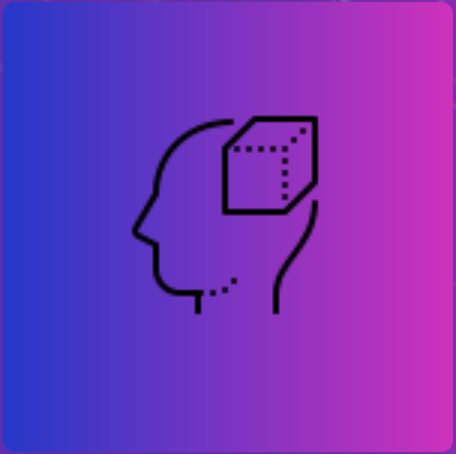
Over the summer after my sophomore year of college, I made it a point to be productive, so I took a course on Udemy that was teaching web development. You can find the particular course here (I highly recommend taking Andrei’s courses, he’s an incredible teacher!). The course taught me full-stack web development from the ground up, and after all was said and done I put my newfound skills to work and created my first ever web application, Not Face Blind. I’m incredibly proud of this project, as I believe it is a true labor of love for me, and I had so much fun and learned so much while I was building it.
The website’s frontend and design was built using classic HTML/CSS along with Javascript, namely the framework React.js. I also utilized several free and open source assets and libraries, such as the CSS toolkit Tachyons. The frontend source code can be found here. The backend is a RESTful API server I wrote using Node.js and Express.js, which contains all necessary endpoints for the frontend to be functional. I also created a relational database using PostgreSQL in order to store user and login information. The backend source code can be found here. The face detection feature itself is provided freely by Clarifai. You can check out the application itself here!
Othello Bot (February 2019) | Developer
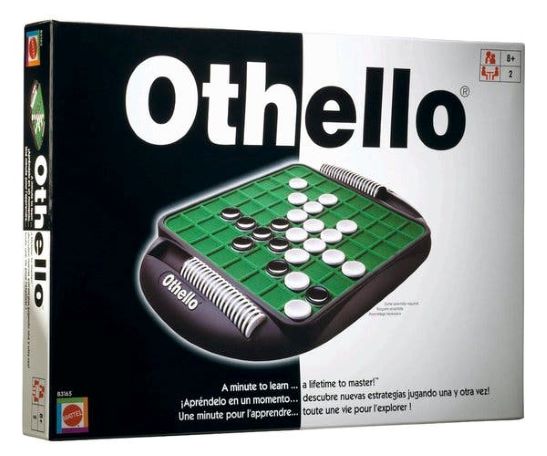
When I was taking a course on data structures & algorithms, one of the main projects for the class was to code a bot that can play the board game Othello, also known as Reversi. The project was designed so that we could practice using trees as a data structure, and to practice traversing through them. The algorithm I designed my bot around is a recursive min-max depth first search on the game’s game tree, which is basically a tree that contains all future possible moves, up to a depth of 3 moves into the future.
The bot was created using C++, and in the class-wide tournament between everyone’s Othello bots after the project due date, my bot placed in 7th out of over 400 competing bots. Needless to say, this project really helped nail into my brain the power and utility of using an appropriate data structure and traversal algorithm to solve complex problems. You can check out the source code here!
Global Game Jam (January 2019) | Developer
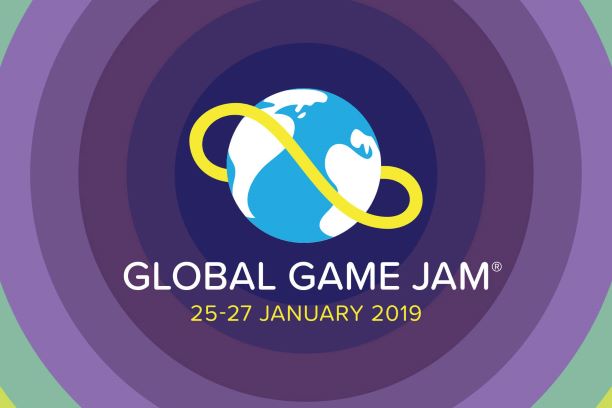
I participated in the 2019 Global Game Jam, which took place from January 25 - January 27. The GGJ is a yearly event where people all around the world with a passion for video games come together to create a game of their own based off of the chosen theme for the year, either by themselves or with a team. For this event, I got together with 4 friends of mine to not just create a game to submit, but to also gain experience in game development.
We created our submission in the Unity3D game engine, as a WebGL-based game. The game itself is a top-down horde shooter set in an isometric designed world. This was mine and several of my teammate’s first times working in Unity3D and C#, and it was definitely an extremely educational and rewarding experience, especially since we did manage to get a working prototype submitted. You can check it out here!
CyberCTF @ UCI (April 2018) | Participant
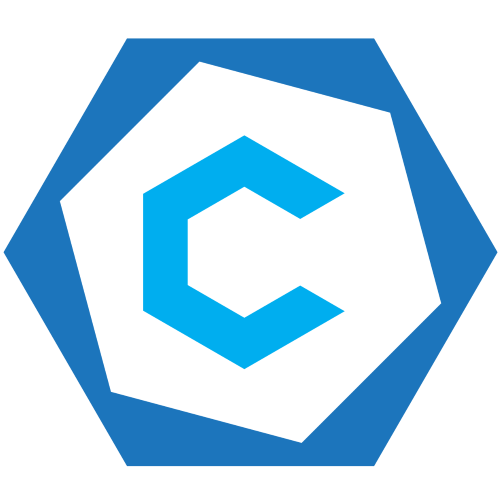
The cybersecurity club on campus, Cyber @ UCI, hosts yearly CyberCTF competitions that any students can participate and compete in. CyberCTF stands for cyber capture the flag, which is a competition used as a learning tool where participants use their skills and tools to solve various puzzles that encompass cybersecurity and its principles. For example, in this CyberCTF there were cipher puzzles, logic riddles, web vulnerability attacking, and more.
I competed in a team consisting of myself and one other friend of mine. It was both of our first times dealing with cybersecurity exercises, and personally I found it to be not only substantially educational, but also a whole lot of fun. It’s always neat to be seeing movie “hackers” doing all kinds of crazy things, but to be actually doing what they do (at least in principle, it’s not nearly as flashy or fast) was really cool. Our hard work paid off too, because my team placed at the #10 spot out of nearly 40 total teams.
Hack @ UCI (February 2018) | Hacker
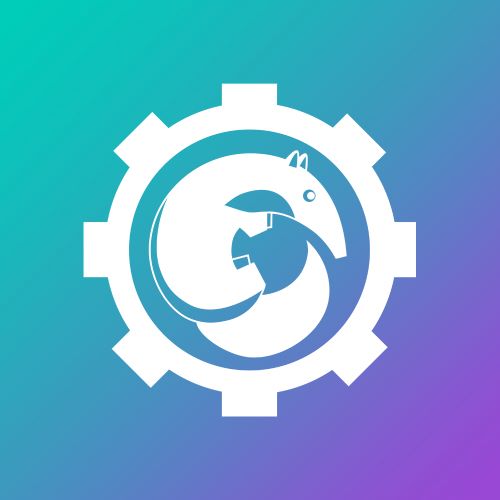
Hack @ UCI was my first ever hackathon, and most definitely wouldn’t be my last. For nearly 48 hours straight with no sleep, I, along with a friend, grinded away at our laptops. As it was my first time experiencing the intense, no-time-to-waste atmosphere of a hackathon, I really pushed myself to keep making progress at all costs. Although it was really tough at times, I definitely came out a better programmer for the experience, and my newfound cramming skills have definitely come in handy since then.
The project I worked on at the event was supposed to be a facial recognition security program, however due to inexperience and long set-up times we unfortunately couldn’t finish the whole application. However, we still managed to complete the facial recognition part of the program and part of the back end security portion. The application was built in Python, utilizing the OpenCV library and a number of open source facial recognition libraries. For the camera itself, my partner and I used a Raspberry Pi 3 module with a camera add-on. You can find the code for the project here!
Columns Replica (December 2017) | Developer

The classic puzzle game Columns was created in 1989 by Jay Geersten. This particular project of mine is a very basic implementation of Columns, that I created as one of my very first major school assignments. Unlike most schoolwork projects however, this particular one was completely unsanitized in the sense that we were provided no pre-existing code, and the only guidance we received was a basic outline for how the program should be organized. As a result, this project really helped me develop as an independent programmer, and gave me valuable experience with designing code architecture and organization.
My game has complete playability comparable to that of the original, however unlike the original, this replica is missing a few features. Namely, the fast-forward dropping mechanic, and trackers for the score, level, and jewels. Otherwise, this replica has all core gameplay mechanics fully functional, and is 100% playable from start to finish (or loss). The program was created in Python, utilizing the open source game library PyGame. The code for it can be found here!
Eagle Scout Project (July 2016) | Project Lead
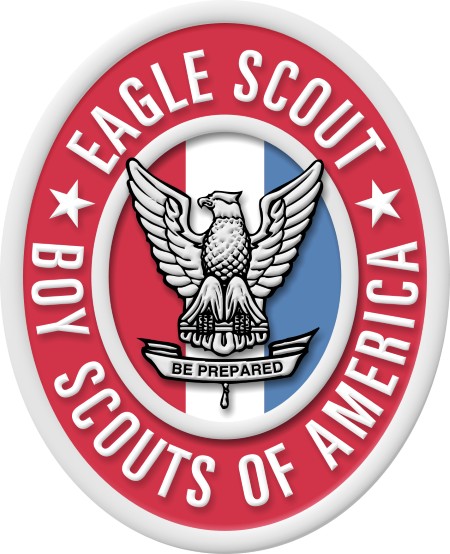
Although my Eagle Scout Project isn’t related at all to coding whatsoever, I still believe that it deserves a section here because of how impactful and substantial of a project it is. If you don’t know what the Eagle Scout Project, or just Eagle Project is, it is a community service project that an Eagle Scout candidate must plan, lead the execution of, and report on largely by themselves with the guidance of adult leaders and mentors. It is designed to put to test a Scout’s planning and organizing skills along with their integrity, responsibility, leadership, and dedication. Only once does a candidate successfully complete all parts of the Project (along with all other extensive requirements and interviews) will they finally become an official Eagle Scout. For many candidates, the Eagle Project represents a culmination of all of their efforts over their entire Scouting career, and is a rightfully impressive accomplishment.
For my own Project, I built an outdoor sink for my former elementary school’s outdoor learning program, and moved the old sink to a different location on campus. All materials used in the project were either donated for the Project or purchased with funds I raised for the sake of the Project, and the sink itself was designed by my father and I. Not including myself, I was able to enlist the aid of 33 other people to help me on my endeavor, who I personally directed and lead throughout the entire Project process. I spent approximately 48 hours personally working on the project, from planning to execution. However factoring in the total amount of manhours worked by my volunteers, it comes out to be about 217 total hours worked on the Project. This Project took about a month from start to finish, and even to this day it remains one of the most challenging endeavors I’ve ever pursued and completed in my entire life. However, it is also undoubtedly one of my greatest and proudest achievements; I’ve improved so many life skills and grown so much as a leader and as a person, and even now nearly 3 years later the sink is still perfectly functional and has immensely benefited the outdoor learning program at the school.